On printing press inventor Johannes Gutenberg's death anniversary, we look at other great names, who have contributed immensely to the development of modern science and technology with their innovations
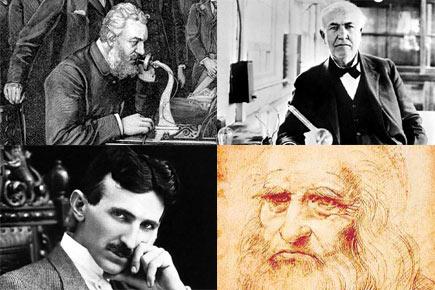
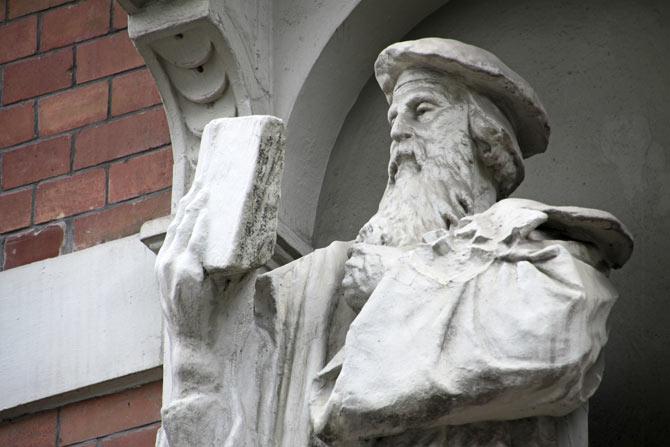
ADVERTISEMENT
Johannes Gutenberg: German inventor Johannes Gutenberg mechanised the printing process by inventing the movable type printing technology in Europe sometime around 1450. His invention, the Gutenberg printing press was able to mass produce printed books and was economically viable for printers and readers alike.
Gutenberg is also credited with the introduction of an oil-based ink which was more durable than the previously used water-based inks. As printing material he used both paper and vellum (high-quality parchment).
The new era in print ushered in by the Internet is a distant mirror to Gutenberg's work which similarly revolutionized the printing process. (Click here to read more about Johannes Gutenberg's invention)
Alexander Graham Bell: Scottish-born Canadian inventor Alexander Graham Bell is credited for the invention of the first practical telephone, which has enabled communication to develop in a major way.
Although originally designed for simple voice communications, most modern telephones have many additional capabilities, which include the ability to record spoken messages, send and receive text messages, take and display photographs or video, play music, and surf the Internet thus leading to the creation and spread of smartphones, phones that integrate all mobile communication and computing needs.
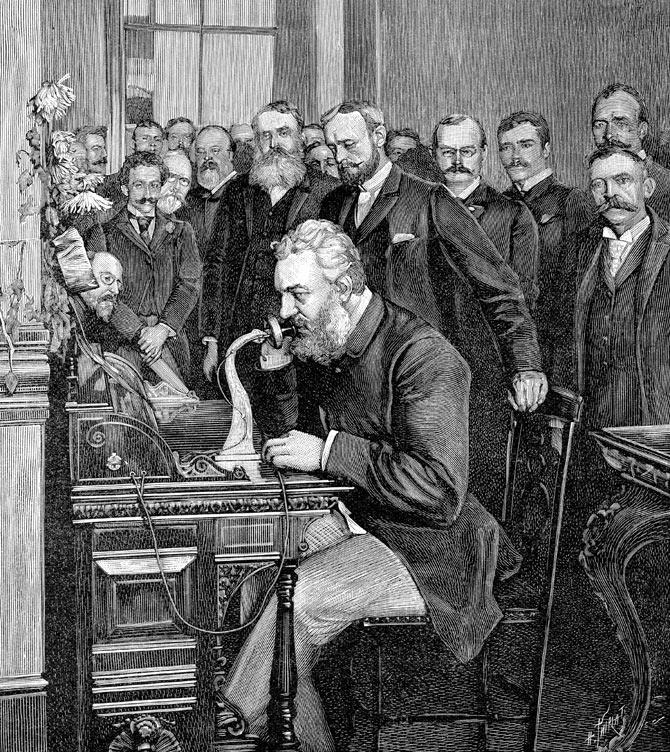
Ironically, Bell considered his most famous invention, the telephone, an intrusion on his real work as a scientist and refused to have a telephone in his study. He also laid the foundation for wireless telephone communication with the invention of the Photophone, which he co-invented with his assistant Charles Sumner Tainter. (Click here to read more about Alexander Graham Bell's invention of the telephone and other works)
Nikola Tesla: Tesla, once an apprentice of Thomas Edison, is famous for his contribution to electrical devices and wireless communication. One of the more flamboyant scientists, Tesla also has the SI unit of magnetic flux density named after him. made the prediction about the portable messaging service way back in 1909 in the Popular Mechanics magazine. In the mag, he wrote that one day it would be possible to transmit wireless messages all over the world. He also predicted that the hand-held device would be simple to operate and one day, everyone in the world would communicate to friends using it.

A man of many talents, Tesla was an inventor, electrical engineer, mechanical engineer, physicist, and futurist and is best known for his contributions to the design of the modern alternating current (AC) electricity supply system. His work in the formative years of electric power development was involved in a corporate alternating current/direct current "War of Currents" as well as various patent battles. Nikola Tesla tried to put these ideas to practical use in his ill-fated attempt at intercontinental wireless transmission, which was his unfinished Wardenclyffe Tower project. Tesla also conducted a range of experiments with mechanical oscillators/generators, electrical discharge tubes, and early X-ray imaging and also built a wireless controlled boat, one of the first ever exhibited. His many forays into modern science have earned him a reputation in popular culture as an archetypal "mad scientist".
Nikola Tesla possessed a photographic memory and was able to read and memorizing complete books. He was a polyglot, speaking eight languages: Serbo-Croatian, Czech, English, French, German, Hungarian, Italian, and Latin. His birthday is celebrated in Croatia as Nikola Tesla Day.
Thomas Edison: A prolific inventor, holding 1,093 US patents in his name, Thomas Edison developed many devices that greatly influenced life around the world, including the phonograph, the motion picture camera, and a long-lasting, practical electric light bulb.
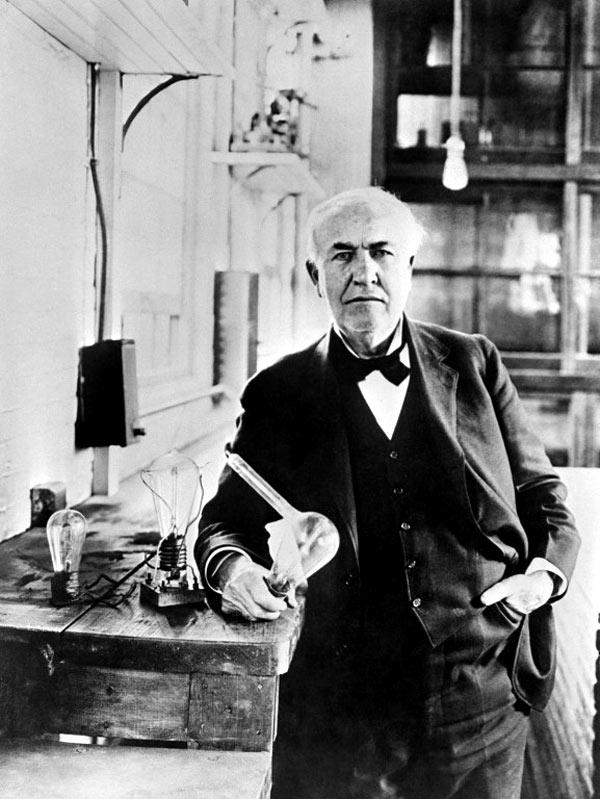
Edison, who was bestowed upon with the nickname, "The Wizard of Menlo Park" was one of the first inventors to apply the principles of mass production and large-scale teamwork to the process of invention, and because of that, he is often credited with the creation of the first industrial research laboratory. (Click here to read more about Thomas Edison's many inventions)
Leonardo da Vinci: There are very few people who are as learned as Leonardo da Vinci was. Born on April 15, 1452, Leonardo was a painter, sculptor, architect, musician, scientist, mathematician, engineer, inventor, anatomist, geologist, cartographer, botanist and writer.
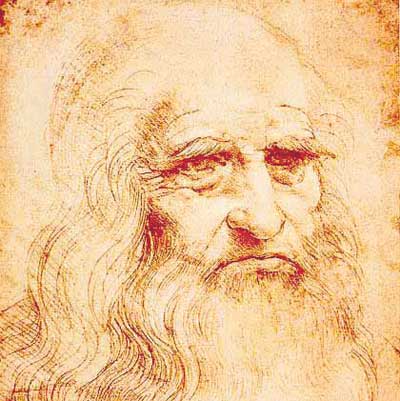
Da Vinci made important discoveries in anatomy, optics, civil engineering, and hydrodynamics, but his failure to publish his findings limited their influence on the future course of science. He conceptualised a helicopter, a tank, concentrated solar power, a calculator, the double hull and outlined a rudimentary theory of plate tectonics. But few of his designs were feasible during his lifetime. (Click here to read more interesting facts about Leonardo da Vinci)
 Subscribe today by clicking the link and stay updated with the latest news!" Click here!
Subscribe today by clicking the link and stay updated with the latest news!" Click here!







